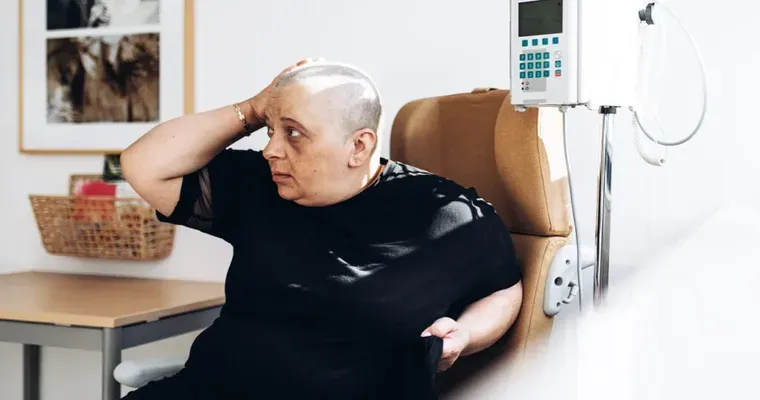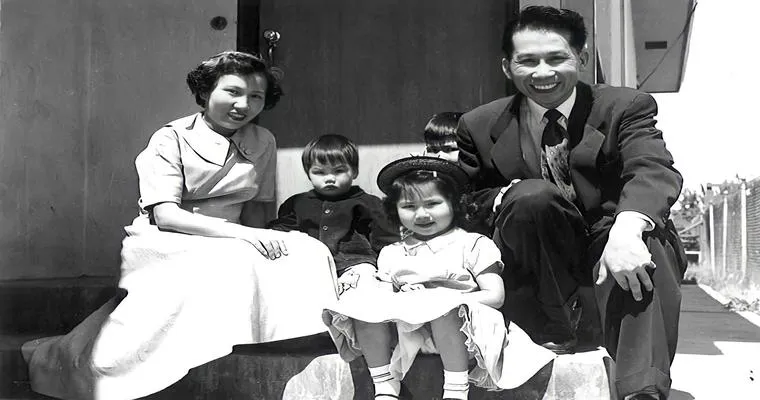When it comes to "chemotherapy for elderly patients", there are many considerations that need to be taken into account. As the population ages, more individuals over the age of 65 are being diagnosed with cancer, leading to an increasing need for effective treatment options. However, the process of administering chemotherapy to older adults can be complex due to various factors such as comorbidities, overall health status, and the potential for side effects. This article will explore important advice and considerations for administering chemotherapy to the elderly.
One of the primary concerns when treating older patients with "chemotherapy" is the presence of "comorbidities". Many elderly individuals have pre-existing conditions such as heart disease, diabetes, or kidney issues that can complicate treatment. It's essential for healthcare providers to conduct a thorough assessment of the patient’s overall health before starting chemotherapy. This may include reviewing medical history, medications, and conducting necessary tests to ensure that the patient can tolerate the treatment.
In addition to comorbidities, the "cognitive function" of elderly patients should be evaluated. Some older adults may experience cognitive decline, which can affect their ability to understand treatment options and adhere to medication regimens. Open discussions about the treatment plan, potential side effects, and expectations are crucial. Family involvement can also provide support and enhance understanding, ensuring that the patient is well-informed.
Another important aspect to consider is the "dosage and type of chemotherapy". Older patients may respond differently to chemotherapy than younger patients due to changes in metabolism and organ function. Oncologists often recommend a modified approach, which may involve lower doses or less aggressive treatment protocols. Personalized treatment plans are vital for minimizing adverse effects while still effectively targeting cancer.
Managing the side effects of chemotherapy is particularly critical in elderly patients. Common side effects such as nausea, fatigue, and susceptibility to infections can significantly impact their quality of life. It is essential for healthcare providers to discuss these potential side effects with patients and their families, and to provide strategies for management. This may include prescribing anti-nausea medications, recommending dietary changes, and ensuring adequate hydration.
Moreover, regular monitoring during treatment is crucial. Frequent follow-ups can help detect any complications early on and allow for timely adjustments to the treatment plan. This proactive approach can significantly improve the patient's overall experience and outcomes.
Support services, such as nutritional counseling and physical therapy, can also play a vital role in the treatment of elderly patients undergoing chemotherapy. Maintaining good nutrition and physical activity can help bolster the patient's strength and resilience, making it easier for them to cope with treatment.
Finally, discussing the goals of treatment is essential. For some elderly patients, the focus may not solely be on curing cancer but rather on managing symptoms and maintaining quality of life. Understanding the patient’s preferences and values is fundamental in making informed decisions about their care.
In conclusion, administering "chemotherapy in elderly patients" presents unique challenges that require careful consideration. By assessing comorbidities, personalizing treatment plans, managing side effects, and involving the patient and their family in discussions, healthcare providers can optimize the treatment experience for elderly cancer patients. With the right support and guidance, many older adults can successfully navigate their cancer journey while maintaining their quality of life.





